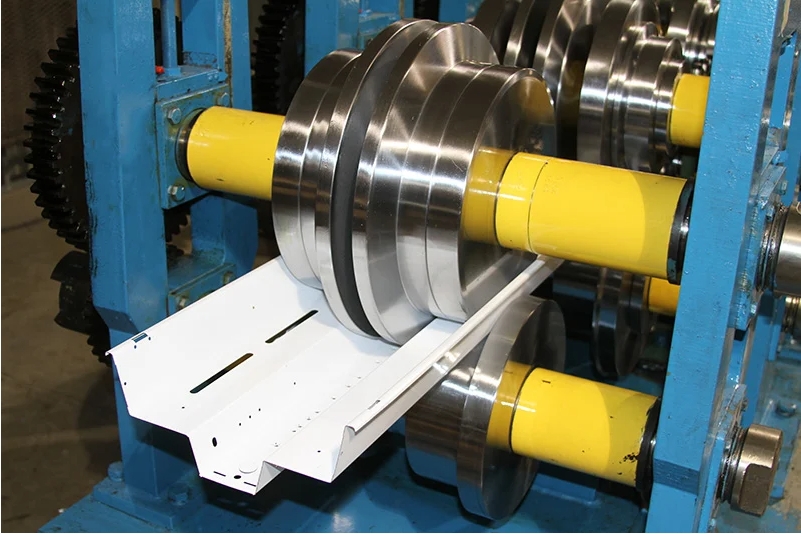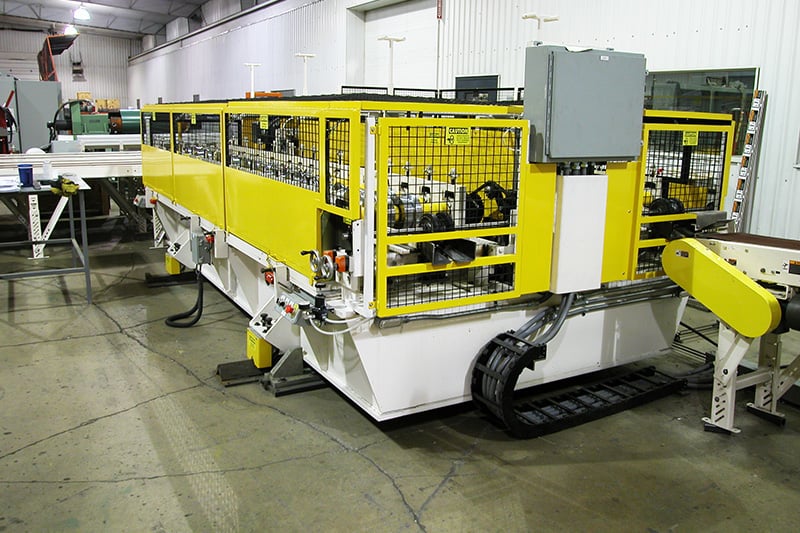Navigation Menu
Contact Us
- Email:
- info@wxavatar.com
- Address:
- Yurong Village, Yuqi Street, Huishan District, Wuxi, China.
Release Date:Jun 26, 2025 Visit:29 Source:Roll Forming Machine Factory
The lighting industry continues to evolve with advancements that improve production efficiency, reduce costs, and enhance product performance. Manufacturers are adopting new technologies and processes to meet market demands while maintaining affordability. This article explores key innovations that contribute to cost-effective lighting manufacturing.

1. Advanced Automation and Robotics
Automation has transformed lighting manufacturing by streamlining assembly lines and reducing labor costs. Robotic systems handle precise tasks such as component placement, soldering, and quality control with high accuracy. This minimizes errors, speeds up production, and lowers operational expenses.
2. Energy-Efficient Production Techniques
Modern manufacturing facilities utilize optimized machinery and processes that consume less power while maintaining high output. Techniques such as LED chip-on-board (COB) technology and modular assembly reduce material waste and energy use during production, leading to lower manufacturing costs.
3. Smart Material Utilization
Innovations in material science have introduced cost-effective alternatives without compromising quality. High-performance plastics, lightweight metals, and improved thermal management materials help reduce production expenses while enhancing durability and heat dissipation in lighting products.
4. 3D Printing for Custom Lighting Solutions
Additive manufacturing enables rapid prototyping and small-batch production of lighting components. 3D printing reduces tooling costs and allows for customized designs, making it easier for manufacturers to meet niche market demands without large upfront investments.
5. AI-Driven Quality Control
Artificial intelligence enhances manufacturing precision by detecting defects in real time. Machine vision systems inspect components for flaws, ensuring consistent quality while reducing waste from faulty products. This leads to higher yields and lower rejection rates.
6. Modular and Scalable Lighting Designs
Manufacturers are adopting modular designs that simplify assembly and maintenance. Standardized components allow for easier upgrades and repairs, reducing long-term production and servicing costs.
7. Supply Chain Optimization
Digital tools and predictive analytics help manufacturers optimize inventory management and logistics. By forecasting demand and streamlining procurement, companies can minimize excess stock and reduce supply chain-related expenses.

Conclusion
Cost-effective lighting manufacturing is driven by automation, smart materials, AI-powered quality control, and optimized production techniques. These innovations enable manufacturers to deliver high-quality lighting solutions at competitive prices while adapting to changing market needs. As technology advances, further improvements in efficiency and affordability are expected in the lighting industry.